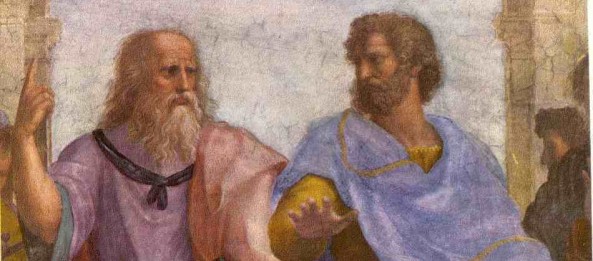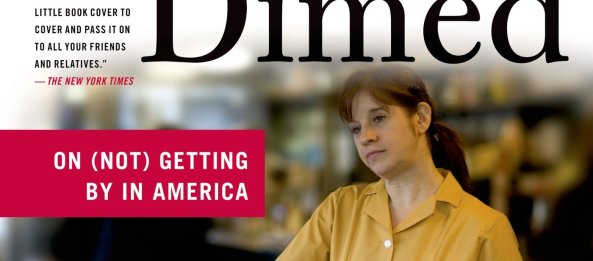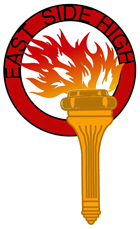Midterm Review
My intelligent and impressive students!
Please find a study guide for the Midterm below. It covers EVERYTHING you will need to know and do on the Midterm. You may PRINT THIS OUT AND USE IT ON THE MIDTERM! We will take the midterm Tuesday and Thursday.
Hope it helps, enjoy your weekend.
Best,
Mr. Langan
Annotation Techniques – Be able to list the annotation strategies and use them in a given text.
-
Summary – put a text (or a section of it) into your own words.
-
Vocabulary – pick out and define difficult vocabulary.
-
Ask Questions – what questions does the text (or a section of it) bring to your mind? What would you like more information on?
-
Make a Prediction – based on the text (or a section of it) what do you think might happen?
-
Analyze – Read between the lines. What do you think the author is trying to tell you?
Elements of Style – Be able to pick out examples of these literary techniques in passages.
Simile – Two or more things being compared using “like” or “as”
Ex. The students are smart as Albert Einstein.
Sensory Detail – descriptions by an author using words that appeal to our senses (taste, touch, smell, sight and hearing).
Ex. The air held a keenness that made her nose twitch.
Repetition – the repeating of words or phrases.
Ex. I looked upon the rotting sea, / And drew my eyes away; / I looked upon the rotting deck, / And there the dead men lay.
Alliteration – the repetition of a sound (normally at the beginning of a word).
Ex. Peter Piper picked a peck of pickled peppers. Alliteration is the “p” sound.
Characterization – Be able to characterize a character given a passage.
Direct Characterization – The author tells you something explicitly (straight up) about the character.
Ex. Mel is a teenager who is depressed.
Indirect Characterization – The reader must come to their own conclusion about the character based on how the author describes what that character Says, Thinks, Effect on others, Actions and Looks (STEAL).
Ex. Mel was beginning to not care about her appearance and sit alone in the cafeteria.
Point of View – Be able to define and identify different points of view.
First Person – when the narrator is a character in the story. This gives the reader insight into that character’s thoughts and emotions but only that character.
Ex. Speak is written in first person point of view from Mel’s perspective.
Third Person Objective – when the narrator is a bystander (someone on the outside looking in). The narrator has no idea about characters’ thoughts or emotions, only what they see and report to the reader.
Third Person Omniscient – when the narrator knows about all characters’ thoughts and emotions.
Third Person Limited Omniscient – when the narrator knows only one characters thoughts and emotions.
Symbolism – Be able to identify some common symbols and what a symbol means given a passage.
Symbolism – (in literature) when an author uses an object or thing to represent something else.
Ex. The tree in Speak is used to represent Mel’s mental and emotional state.
Some common symbols are:
-
Numbers
-
Objects
-
Pictures
-
Words
-
Colors
-
Nature
Tone – Be able to identify the tone of a given passage.
Tone – (in literature) the way an author feels about a subject.
Strategies for finding tone:
-
Words an author uses (diction)
-
The point of view the story is told from.
-
The situation the author creates.
Art Analysis – Be able to define the art analysis terms and use them to analyze a piece of art.
Content: the subject, topic or information captured in a photograph.
Subject: the main object or person(s) in a photograph.
Abstract: an image that emphasizes formal elements (line, shape, etc) rather than specific, recognizable objects.
Realistic: depicting a scene in a straight-forward manner, without using unusual angles or distortion.
Impressionistic: art with a clear realistic subject that is slightly distorted but still in focus.
Foreground – Part of a two-dimensional artwork that appears to be nearer the viewer or in the “front” of the image. Middle ground and background are the parts of the picture that appear to be farther and farthest away.
Middle Ground – Area of a two-dimensional work of art between the foreground (closest to the front) and background (furthest receded).
Background – The part of the picture plane that seems to be farthest from the viewer.
Warm Color – Colors suggesting warmth such as yellows, reds, oranges and their variants.
Cool Color – Colors suggesting coolness, blues, greens, violets and their variants.
Contrasting Color – Differences between two or more elements (e.g. color or texture) in a composition; putting two unlike elements in a work of art. Also refers the degree of difference between the lightest and darkest areas of an image.
RACER – Be able to answer an open ended question using RACER.
Restate – Restate the question to begin your answer.
Ex. Do you think poverty in America is a problem? I think poverty is (not) a problem in America because…
Answer – Answer all parts of the question.
Ex. Do you think poverty in America is a problem? I think poverty is (not) a problem in America because there is a huge gap between those with wealth and those without it.
Cite – Reference a text or other media to back up your answer.
Common ways to introduce a quotation:
-
In the text it states: “….
-
The author says: “….
-
The passage shows: “….
Proper way to insert a quotation:
In the text it states: “Eighty five of the world’s wealthiest people hold more wealth than the bottom 50% of the world” (Author’s Last Name, Page #).
Explain – Explain to the reader why you chose the quote you did and how it backs up your answer.
Relate – Relate the question to something you’ve seen in another text, movie etc. OR compare it to something in the world around us or in your life. OR ask a big question that makes the reader think.




